-
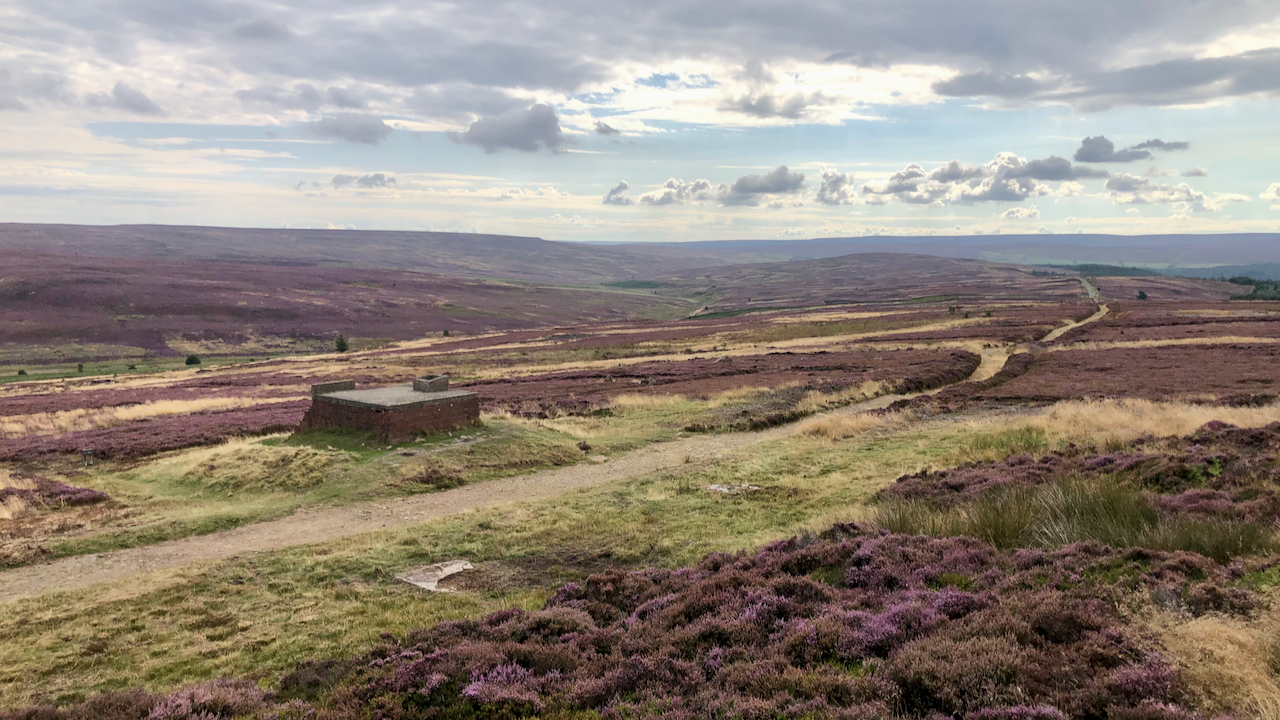
Fishy WW2 code-names
A view down from above the WW2 Starfish Decoy Command Bunker on Hutton Moor down Codhill Slack, or Rivelingdale to use its medieval name. Starfish seems a strange name to have used for decoys created to simulate burning British cities. I guess a secret code-name should be completely unrelated to the operation or else it…
-
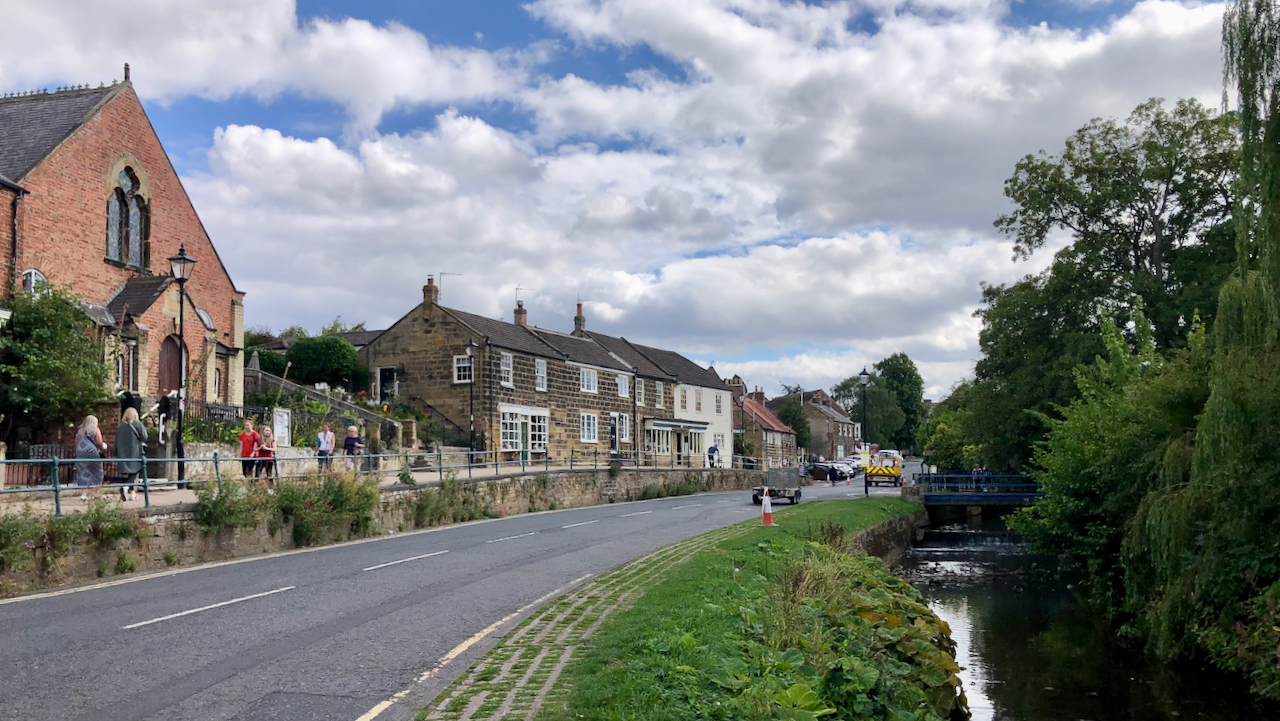
A rare view of a traffic-free High Street in Great Ayton
The council’s hard at work tidying up the pot-holes, pending the arrival of the Tour of Britain cycle race a week on Wednesday (7th September). The typical Victorian-looking ediface on the left is the village hall. It started out life as a Wesleyan Methodist chapel in 1862 and was given to the village by Sir…
-
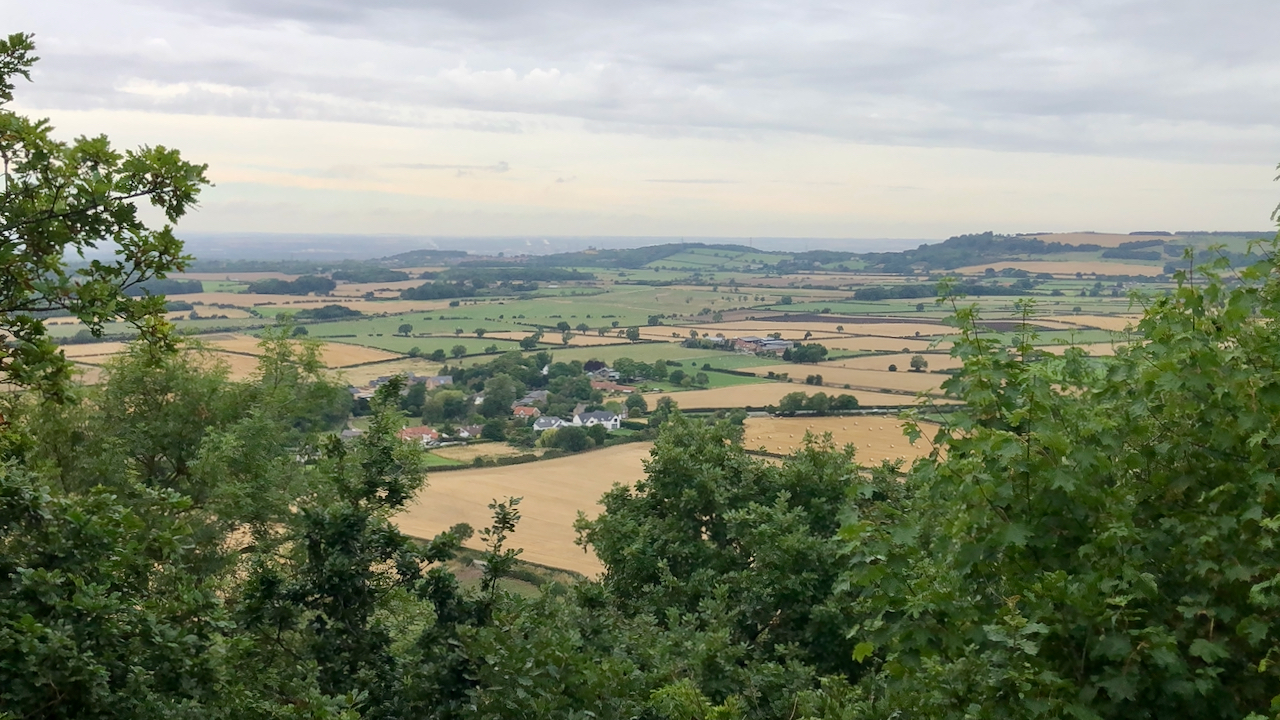
The foothills of Eston Moor
I’d like to say that it was the two small hills across the vale of Cleveland caught my attention, but it was actually the two cols; cols through which the roads of Ormesby Bank and Flatts Lane pass. The hills though — but perhaps ‘knoll‘ is a better word, ‘hill‘ sounds much too lofty — …
-
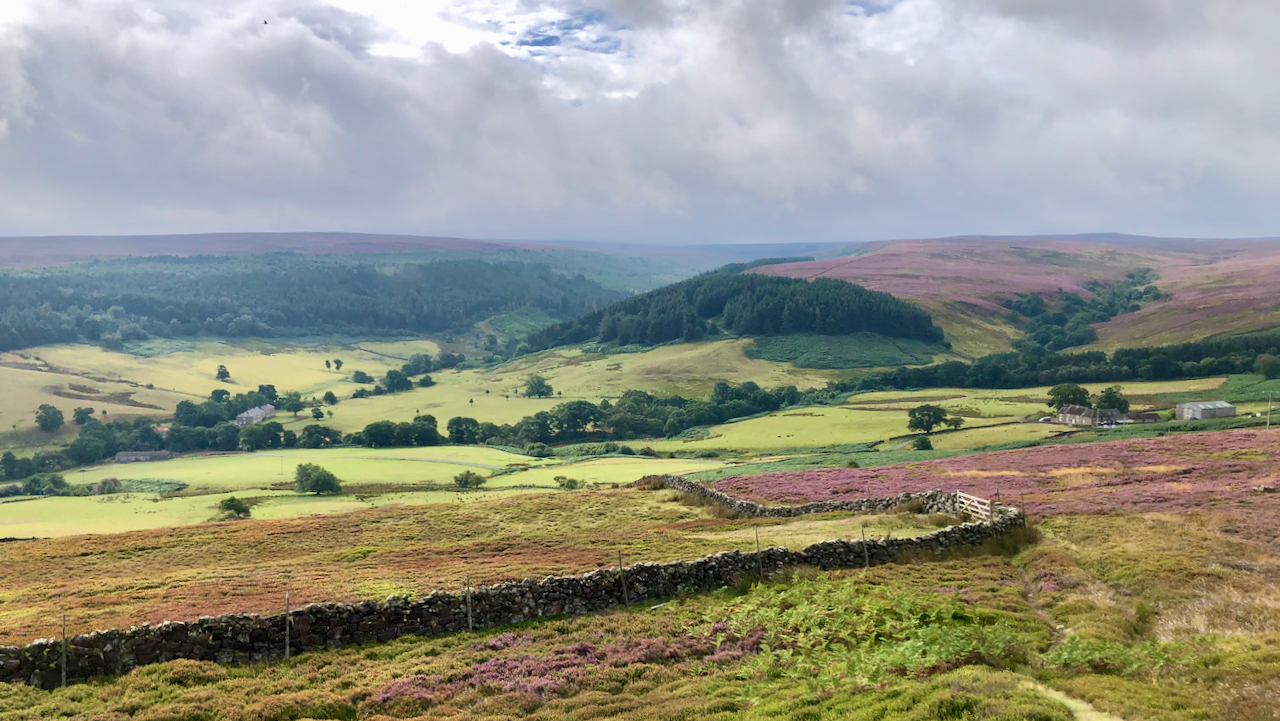
The Wicked Squire of Basedale
A photo of Baysdale to accompany this story I came across by Richard Blakeborough in the Northern Weekly Gazette from 1912 It’s a cracking story, which I fear would be diminshed if I attempted to trim it down. I am therefore repeating it in full which makes this my longest post ever (which I’ve split…
-
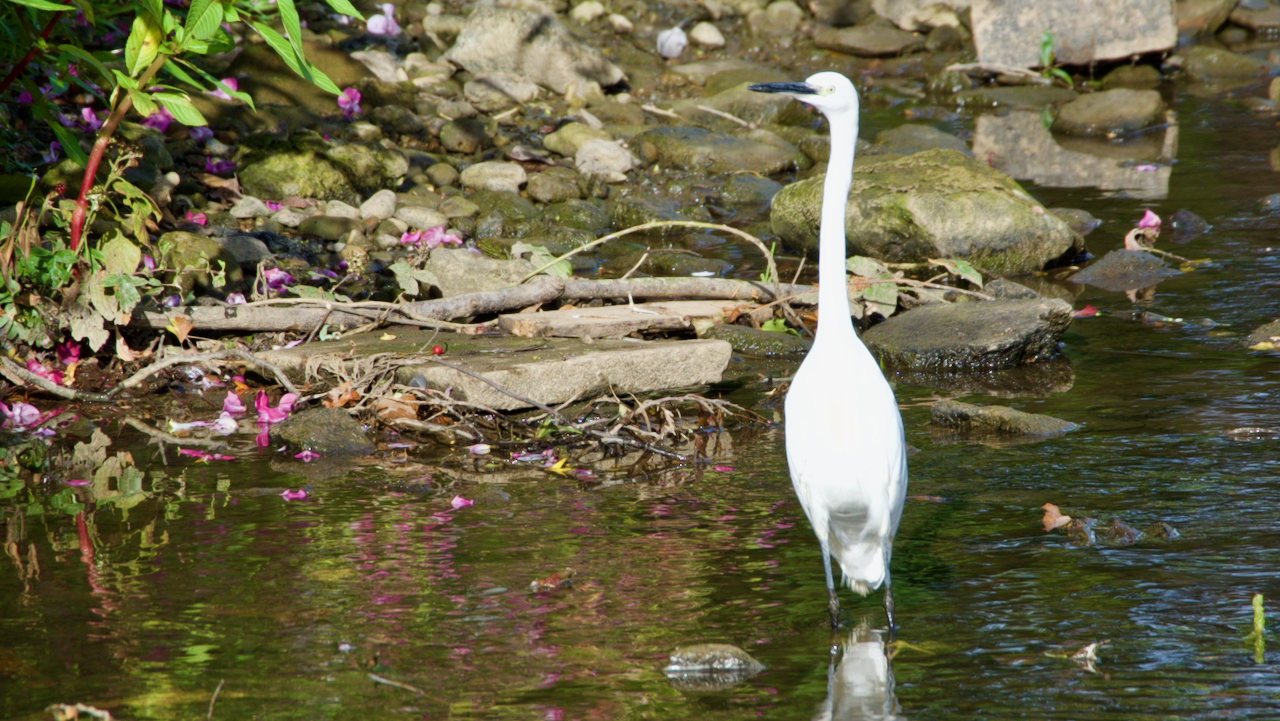
I’ve finally managed to snap a photo of this graceful bird
Small and elegant with its brilliant white plumage, this attractive bird has been hanging around the village for several years with reports in Guisborough and Stokesley — but is the same bird? My RSPB 2002 book says Little egrets (Egretta garzetta) are resident in southern Britain and move south for the winter — is this…
-
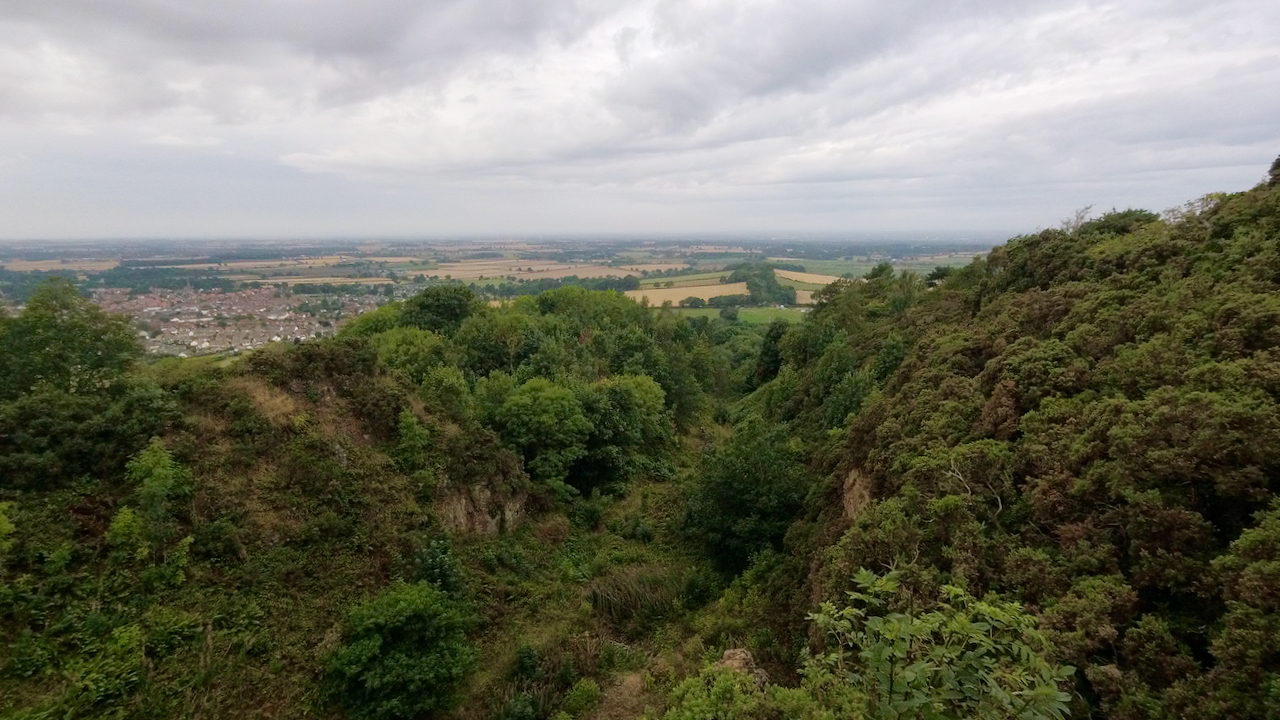
Johnny Longstaff
This photo of Cliff Rigg quarry looks along the whinstone ridge of the Cleveland Dyke towards Stockton-on-Tees where it crosses the Tees at Preston. I’ve posted about the Dyke many times before, so today I will write about a Stocktonian — Johnny Longstaff, who on this day in 1938 was shot and seriously wounded while…
-
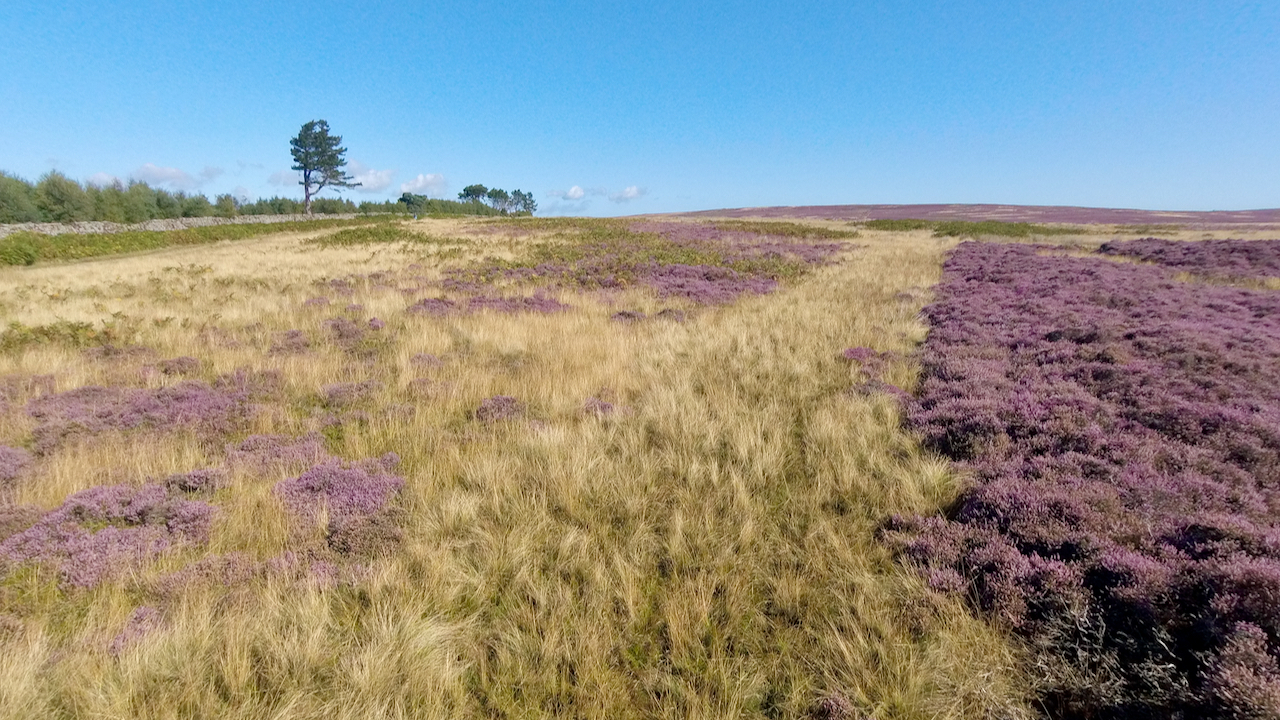
The Bronze Age funerary landscape of Great Ayton Moor
Great Ayton Moor is well known for its wealth of prehistoric monuments, including a chambered cairn, a large cairnfield and an Iron Age enclosure. The most photogenic feature must be the chambered cairn which I’ve posted about before here, but today was submerged by bracken. In the photo this bracken covered chambered cairn is top…
-
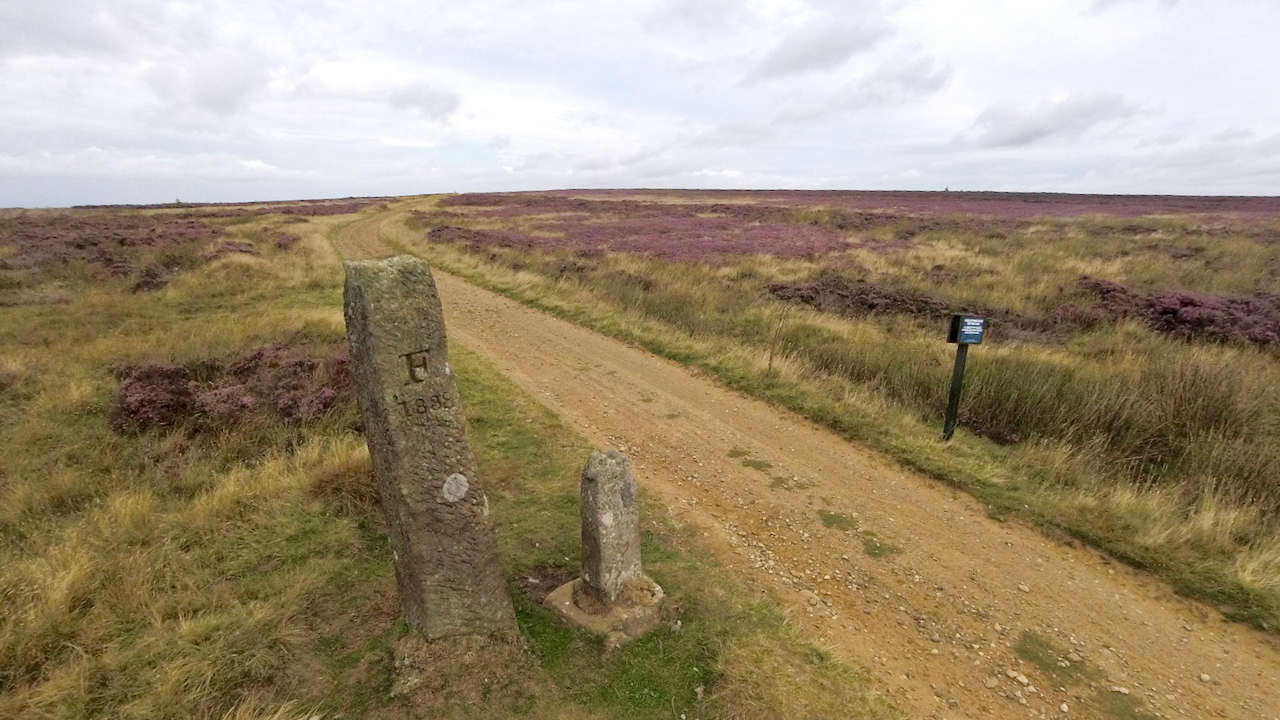
Jenny Bradley stone
My mind was piqued by the following sentence in a 1906 article in the Whitby Gazette by that prolific writer on all North Yorkshire matters, John Fairfax-Blakeborough (1883-1976): A mile or so from the Nab is to be seen, by the side of the road, a stone which, to the traveller unversed in local legend,…
-
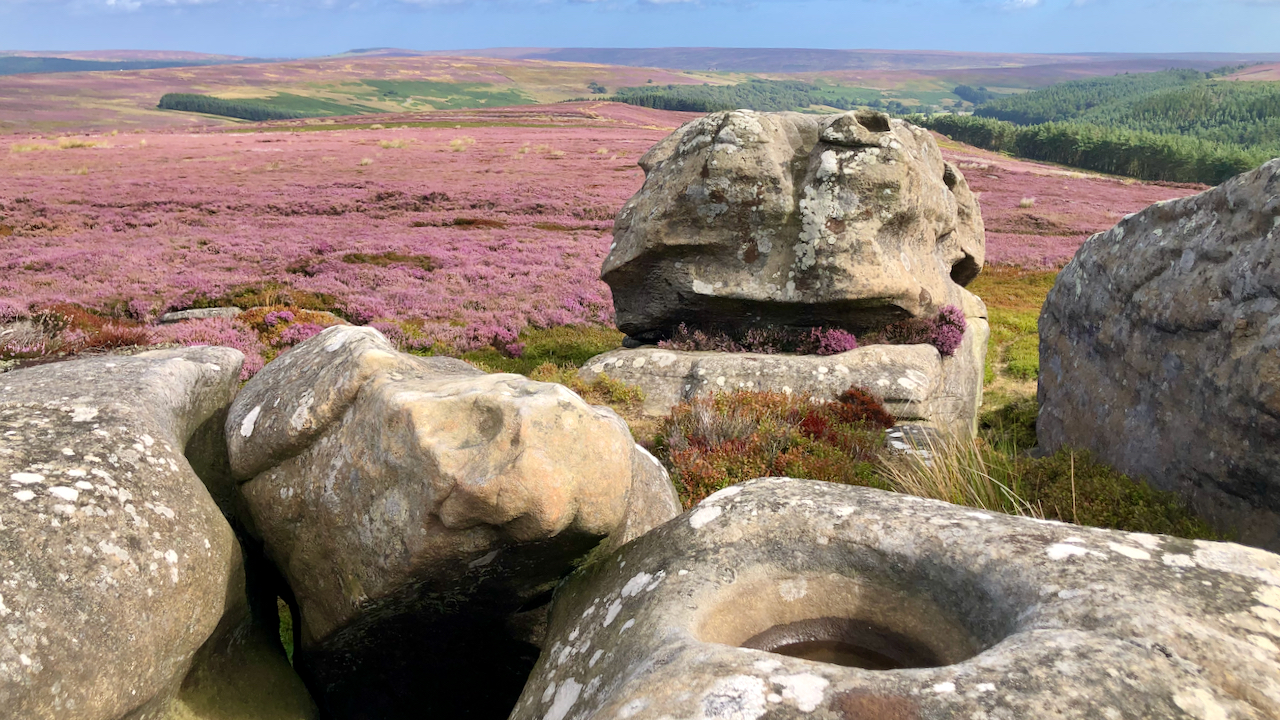
The Cheese Stones’ rock fonts
Elgee suggests the name Cheese Stones , “probably” originates because the rock was used in local cheese presses. Now that may be the case but I do not understand why rock from this particular outcrop should be used for pressing cheeses. In the same article, appearing in the Northern Weekly Gazette in 1902, the future…
-
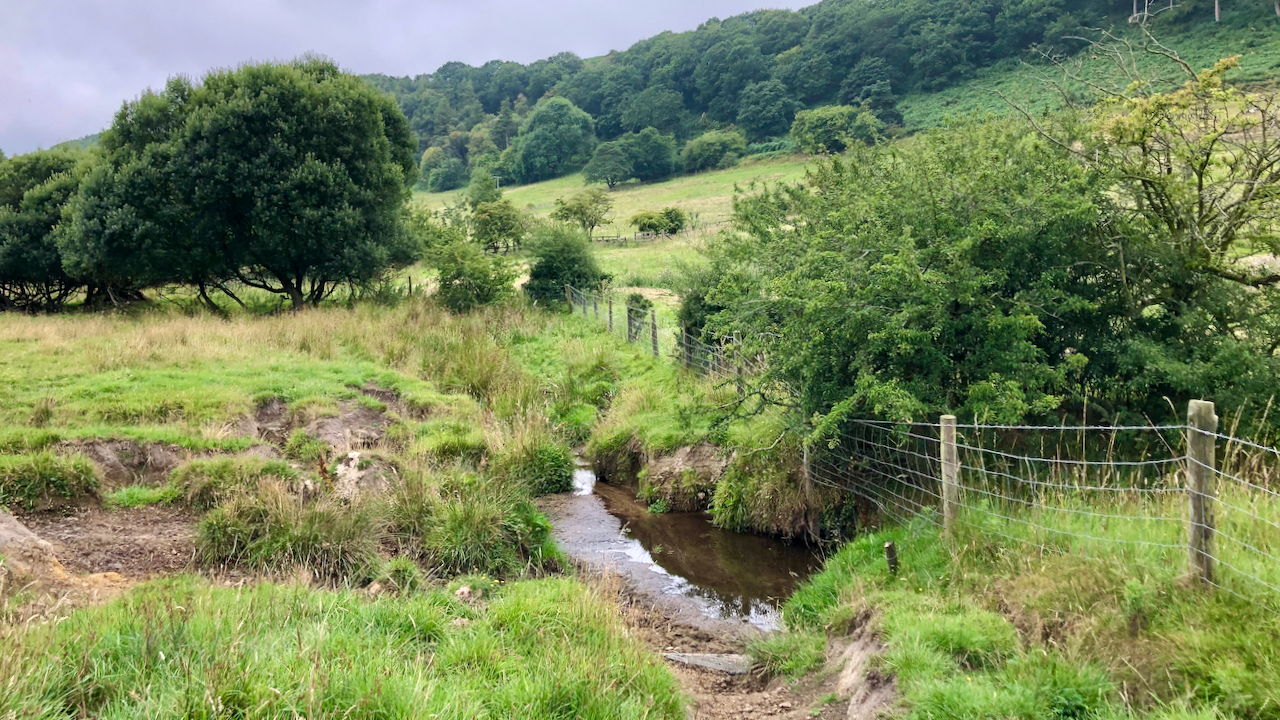
Crosscliff Beck
Volunteering with the National Trust at the furthest corner of what must be their remotest property. The task today was to repair the post and wire fencing along their boundary with Newgate Foot farm and to remove any overhanging branches from the alder and willow tress which align the beck. The boundary, actually along the…
Care to comment?